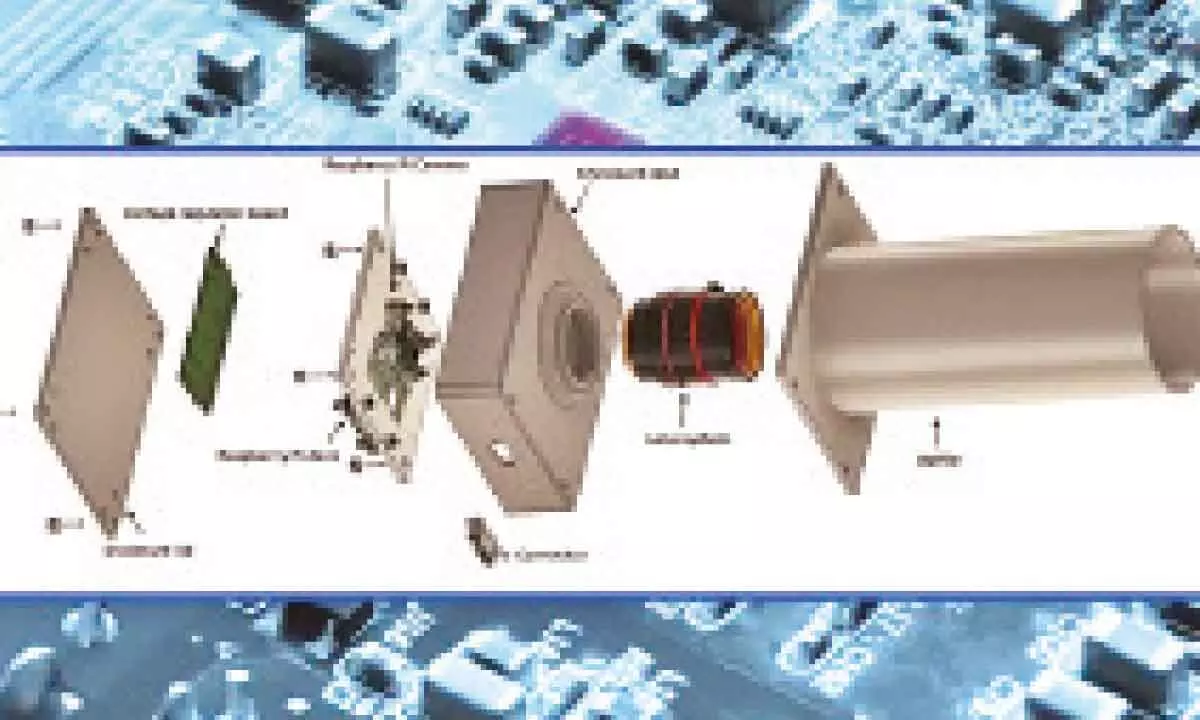Astronomers assist in designing inexpensive star sensors for satellites

Bengaluru: A low-cost star sensor has been designed by astronomers at the city's Indian Institute of Astrophysics (IIA) in collaboration with others. It can assist small CubeSat-class satellites in determining their orientation in space.
The Starberry-Sense instrument, which was built using commercially available off-the-shelf (COTS) parts, is prepared for launch on stage 4 of the Polar Satellite Launch Vehicle and can be applied to CubeSat and other small satellite missions in the future.
Astronomers noted that CubeSats and small satellite missions have grown significantly in popularity in recent years. They noted that while these missions use commercially available components in their design and development, the typical cost of a commercially available star sensor commonly exceeds the budget for a CubeSat.
Starberry-Sense can assist in resolving this issue. "The sensor developed by IIA researchers and their collaborators is less expensive—less than 10%—than others on the market. The Raspberry Pi, a single-board Linux computer that is popular among electronics enthusiasts, serves as the instrument's brain, according to a statement from the department of science and technology (DST), of which IIA is an independent institution.
In order to transform a Raspberry Pi into a powerful star sensor, the team combined it with a few highly optimised algorithms, according to Bharat Chandra, a PhD student at IIA and the primary author of the study that was published in the Journal of Astronomical Telescopes, Instruments, and Systems.
" We could show that instruments made from readily available parts can be space-qualified," he added.
The study's co-author, Binukumar Nair, said: "Our modular design enables rapid and simple customization for varied purposes. The Large Atmospheric Cherenkov Experiment at the Indian Astronomical Observatory in Hanle, Ladakh, for instance, will be interfaced with a modified version of StarBerry-Sense, despite the fact that it is intended for space-based applications.

















